In the pursuit of holistic well-being and advancements in medical science, the remarkable potential of light as a therapeutic tool has come to the forefront.
Photobiomodulation, a cutting-edge field at the intersection of science and medicine, holds the promise of unlocking the body's innate ability to heal and regenerate through the strategic application of light energy.
With each passing day, research in photobiomodulation is shedding new light on its diverse applications, ranging from pain management and tissue repair to cognitive enhancement and skin rejuvenation.
This informational article embarks on a captivating journey into the world of photobiomodulation, delving into its underlying principles, historical evolution, and the myriad ways it is reshaping our understanding of healing and wellness.
Join us as we illuminate the science behind this fascinating therapeutic technique and explore its potential to revolutionize healthcare and well-being as we know it.
Whether you're a curious enthusiast or a healthcare professional seeking to expand your knowledge, this article aims to shed light on the transformative power of photobiomodulation.
Understanding Photobiomodulation
The concept of using light for therapeutic purposes has been known for decades. However, the development and refinement of photobiomodulation as we know it today have accelerated in recent years.
It involves the application of specific wavelengths of light to targeted areas of the body, which then triggers cellular responses that promote healing and regeneration.
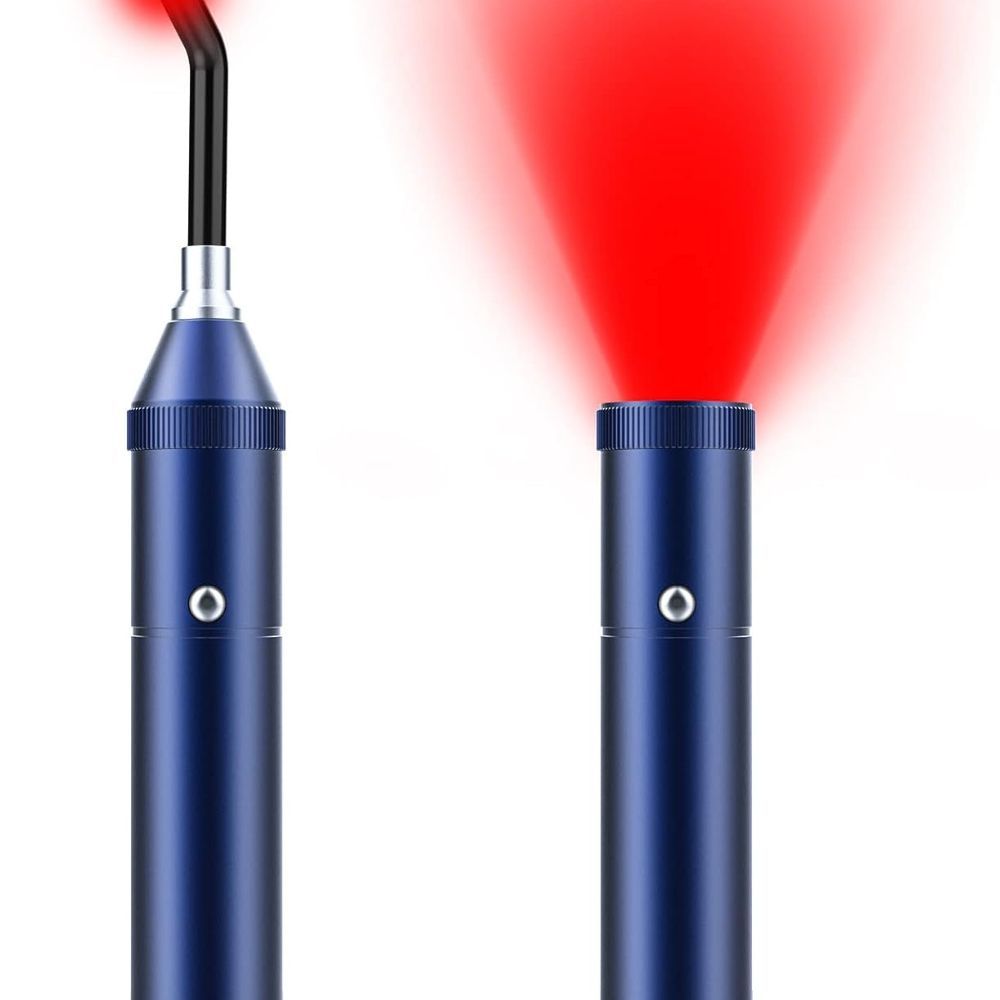
The Science Behind Photobiomodulation
At the cellular level, photobiomodulation initiates a cascade of biochemical reactions.
When red or NIR light is absorbed by the cells, it stimulates the mitochondria, often referred to as the powerhouse of the cell.
This stimulation enhances cellular metabolism, leading to increased energy production and improved tissue repair processes.
Furthermore, photobiomodulation influences various signaling pathways within the cells, promoting the release of anti-inflammatory molecules and growth factors.
These substances play a crucial role in reducing inflammation, enhancing tissue regeneration, and accelerating the healing process.
Mechanisms of Photobiomodulation
The mechanisms by which photobiomodulation heals tissues are multifaceted. One key mechanism is the activation of cytochrome c oxidase (CCO), a vital enzyme involved in cellular respiration.
Photobiomodulation optimizes CCO function, which leads to enhanced energy production and improved cellular function.
Additionally, photobiomodulation stimulates the release of nitric oxide (NO), a molecule that plays a crucial role in vasodilation.
Increased blood flow to the treated area results in improved oxygen and nutrient delivery, facilitating tissue repair and reducing pain.
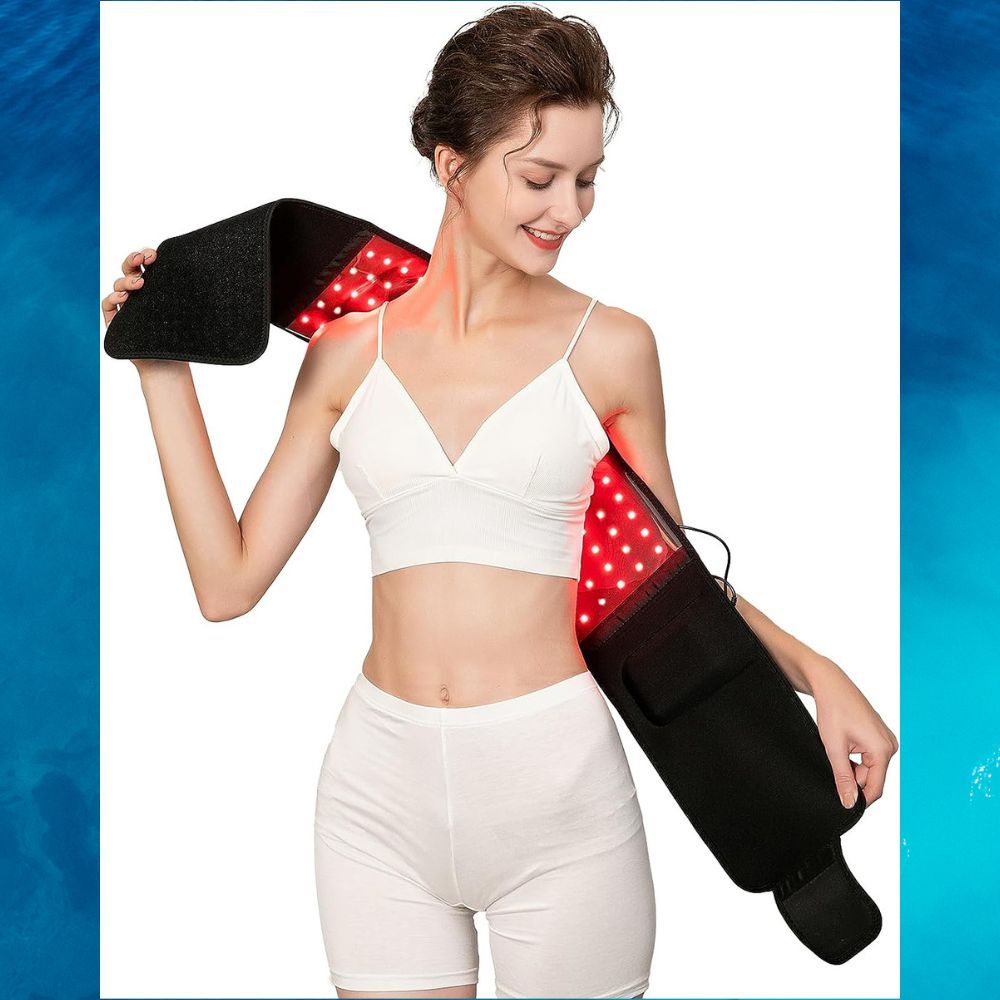
Applications of Photobiomodulation
The applications of photobiomodulation are extensive and continue to expand as research progresses.
This therapy has demonstrated positive outcomes in various medical conditions, including musculoskeletal injuries, chronic pain management, wound healing, dermatological conditions, and neurological disorders.
One notable area where photobiomodulation shows promise is in brain health. Transcranial photobiomodulation (tPBM) has emerged as a non-invasive technique to promote cognitive function, alleviate symptoms of depression and anxiety, and aid in the recovery of traumatic brain injuries.
The red/NIR light used in tPBM penetrates the skull and reaches brain tissue, stimulating cellular activity and potentially promoting neuroplasticity.
Photobiomodulation Devices
Photobiomodulation devices come in various forms, including handheld devices, panels, and specialized helmets for targeted brain stimulation.
These devices emit specific wavelengths of light, typically in the range of 600 to 1100 nanometers, ensuring optimal penetration of light into the tissues.
Some devices utilize continuous wave (CW) light, while others employ pulsed or modulated light.
The choice of device and light parameters depends on the specific condition being treated and the desired therapeutic outcome.
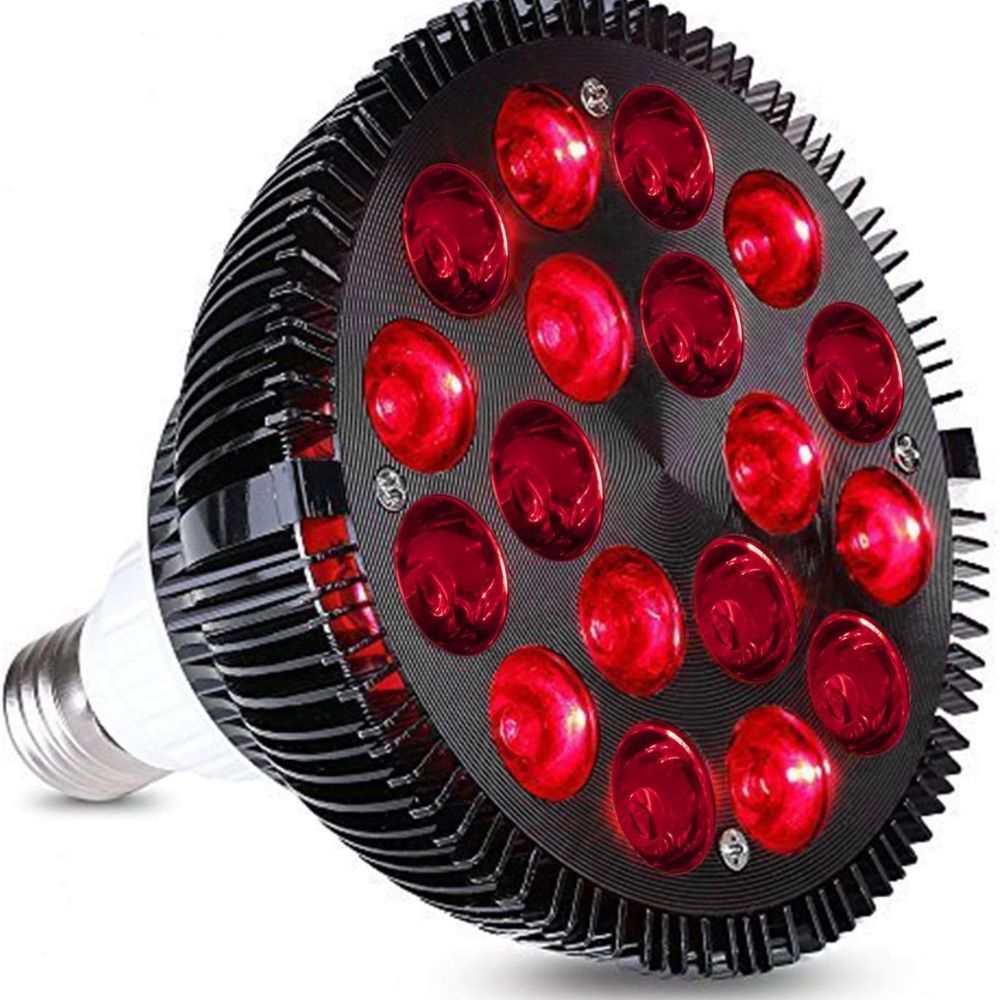
Safety and Research Findings
One of the remarkable aspects of photobiomodulation therapy is its excellent safety profile.
Extensive research has shown that when used according to established protocols, photobiomodulation is non-invasive and generally devoid of significant side effects.
It is well-tolerated by patients of all ages, making it an attractive therapeutic option.
Scientific studies have consistently demonstrated the effectiveness of photobiomodulation in promoting healing, reducing pain, and improving quality of life.
Recent research findings continue to support its efficacy in various medical applications, bolstering its acceptance among the scientific community.
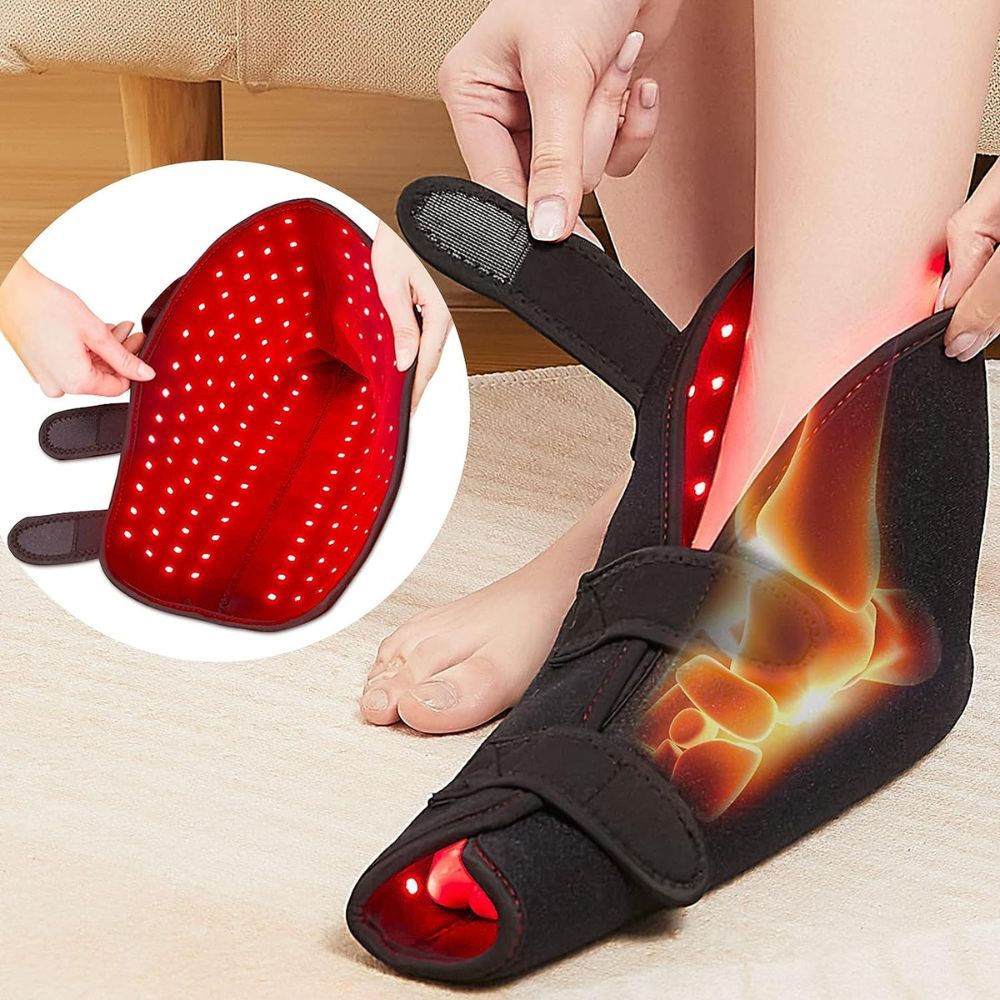
Some Final Thoughts
Photobiomodulation has emerged as an exciting and promising therapy that harnesses the power of light for healing and wellness.
Its ability to stimulate cellular activity, reduce inflammation, and enhance tissue repair makes it a valuable tool in various medical and wellness settings.
As research progresses and technology advances, we can expect further discoveries and applications for this remarkable therapy.
Whether you're seeking relief from chronic pain, looking to optimize brain function, or simply aiming to promote overall well-being, photobiomodulation offers a safe and effective path toward self-healing.
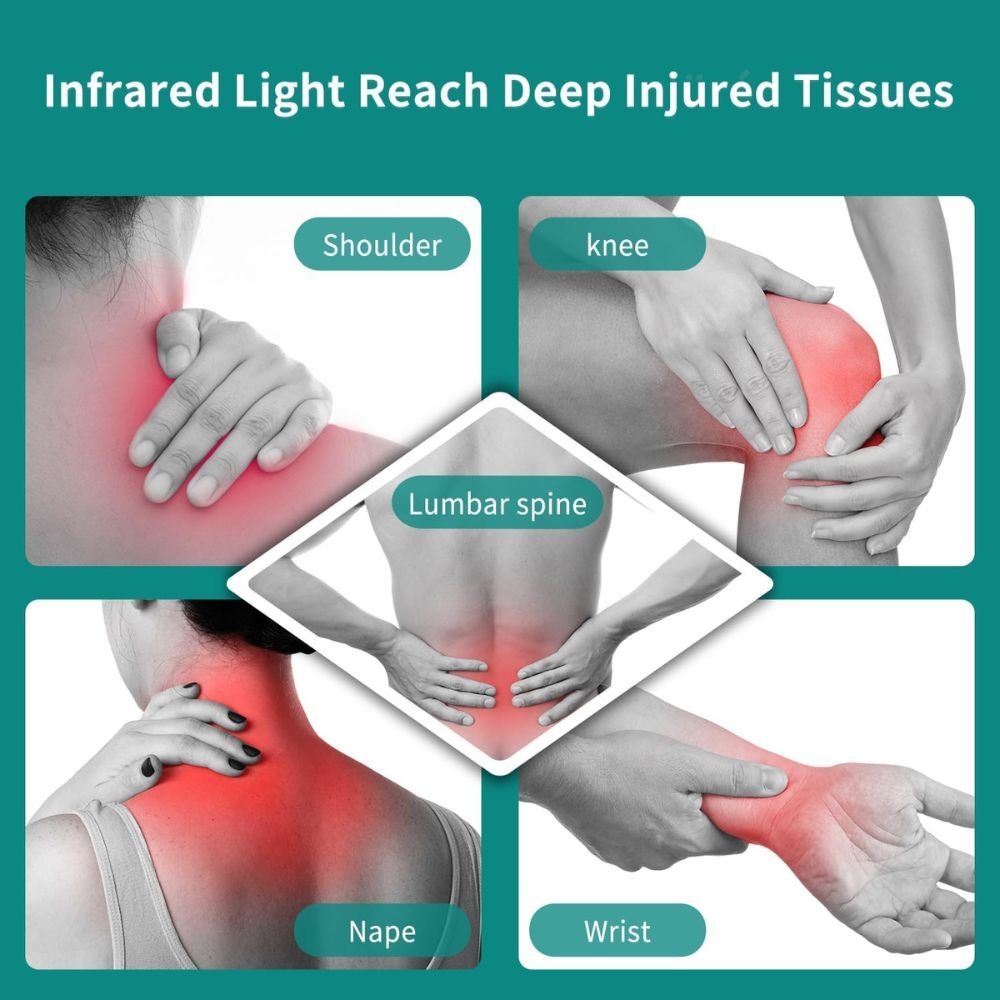
FAQ's
What is photobiomodulation (PBM)?
- Photobiomodulation, often abbreviated as PBM, is a therapeutic technique that uses low-level laser or light-emitting diode (LED) devices to apply specific wavelengths of light to biological tissues. It's aimed at improving cellular function and promoting healing and regeneration.
How do photobiomodulation and near infrared light work?
- PBM works by stimulating mitochondria, the powerhouses of our cells, through a process known as cytochrome c oxidase activation. This stimulation increases cellular energy production, reduces oxidative stress, and promotes tissue repair and growth.
What conditions can photobiomodulation treat?
- PBM has shown promise in treating a wide range of conditions, including chronic pain, inflammation, wound healing, neurological disorders, and even skin rejuvenation.
Is photobiomodulation safe?
- Yes, PBM is considered safe when used within established parameters. It is non-invasive and typically has minimal side effects, such as temporary warmth or tingling at the treatment site.
How long does a photobiomodulation session take?
- The duration of a PBM session can vary depending on the condition being treated and the specific device used. Sessions can last anywhere from a few minutes to around 30 minutes.
How many PBM sessions are typically needed to see results?
- The number of sessions needed varies depending on the individual and the condition being treated. Some people may experience relief after just a few sessions, while others may require ongoing treatment.
Can I do photobiomodulation at home?
- Yes, there are portable PBM devices designed for home use. However, it's important to use them according to manufacturer instructions and consult a healthcare professional if you have any underlying medical conditions.
Are there any contraindications for photobiomodulation?
- PBM is generally safe, but it may not be suitable for individuals with certain conditions, such as epilepsy or active cancer. Consult with a healthcare provider before starting PBM if you have concerns.
What are the differences between low level laser therapy and LED photobiomodulation devices?
- Laser devices produce coherent light with focused beams, while LED devices emit non-coherent light over a larger area. Both can be effective, but laser devices are often used for more targeted applications.
Is photobiomodulation covered by insurance?
- Insurance coverage for PBM varies by location and the specific condition being treated. It's advisable to check with your insurance provider to determine coverage options.
Remember that photobiomodulation is a rapidly evolving field, so it's essential to stay informed about the latest research and consult with a healthcare professional for personalized guidance on its use for specific health concerns.
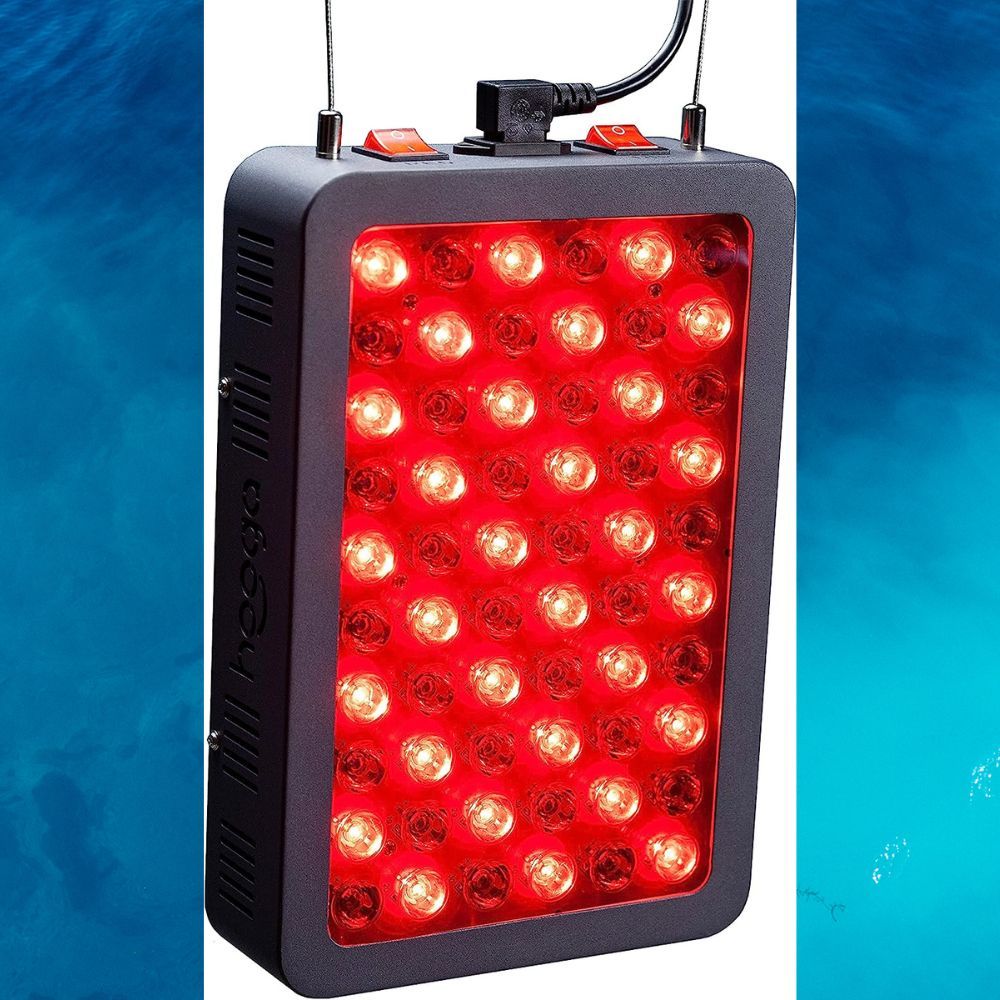
Conclusion
Photobiomodulation is a fascinating area of research that combines low level laser therapy and near infrared light to modulate biological processes.
Reactive oxygen species, which are produced during normal cellular metabolism, can induce oxidative stress and contribute to conditions such as chronic pain and traumatic brain injury.
Through light-induced photochemical reactions, low level light therapy can reduce the activity of reactive oxygen species and offer therapeutic benefits.
Clinical trials are currently underway to explore the potential of photobiomodulation in treating acute and chronic pain, as well as a range of neurological conditions that affect the brain's cognitive, emotional, and behavioral functions.
Low power laser therapy is a promising tool in the field of photobiomodulation, offering a safe and non-invasive approach to improving overall health and wellness.





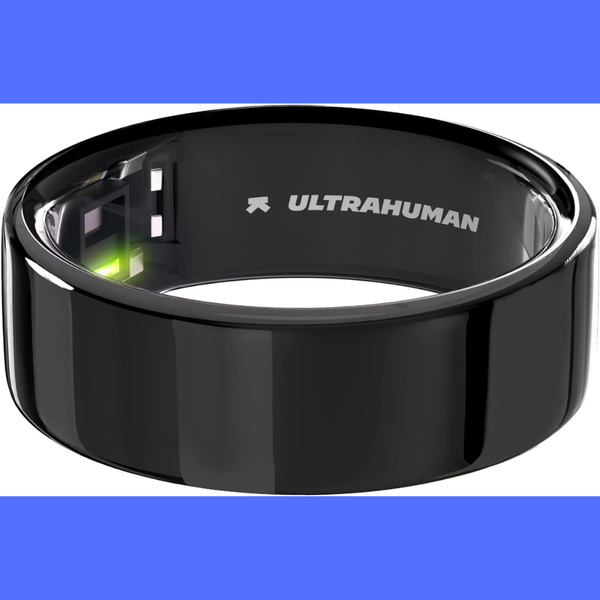




Member discussion